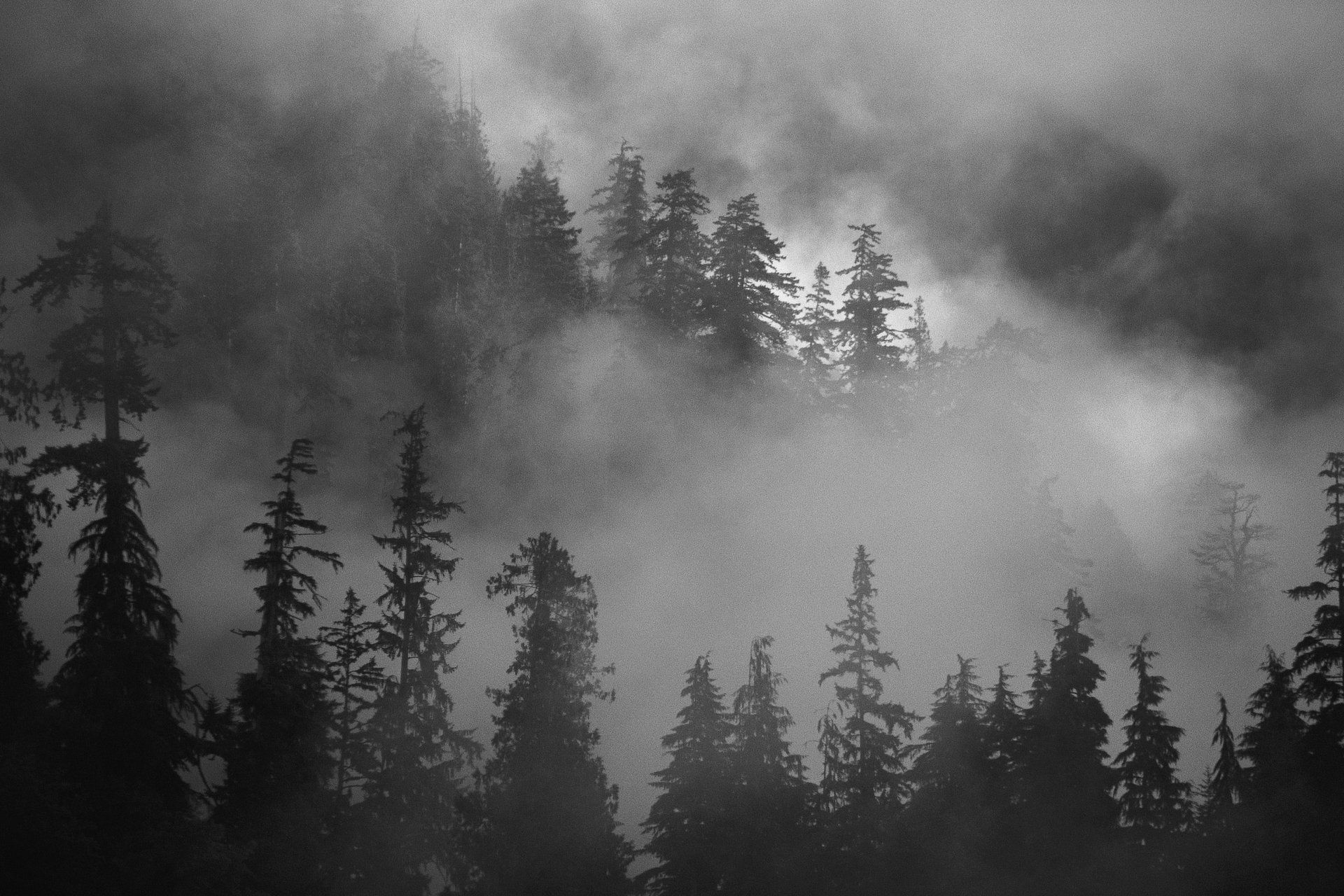

ROBIN DARRELL
Vultures in the Desert
I only had a couple of metres visibility as clouds of sand whipped around my windscreen and at speeds of up to 100 kilometres an hour, this was a hair-raising experience. I did not want to lose the car in front as the ranger driving it was the only person who knew where we were going. As we crashed between Acacia trees following vague tracks in the desert I fought desperately to keep control of my car. The leader pulled away and the visibility cleared, the down side of this was that he was soon way in front, appearing for a short time as a wisp of smoke on the horizon and then nothing at all.
I had been living in Saudi Arabia for a couple of months and this was my first real experience of four-wheel driving. I had to concentrate on following his tracks whilst maintaining what I felt was an unbelievable speed and at the same time try to ignore the icy glares and comments coming from my wife whom it could be said was not entirely enjoying the experience.
The reason for this race across the desert was to get to an area where Lappet-faced Vultures could be found roosting on the tops of Acacia trees, this had to be early morning before the thermals developed and they took off in search of food.
Our journey had begun the previous day having traveled from Jeddah to the National Wildlife Research Centre at Taif. The Wildlife Centre has resident biologists involved in many research projects on Saudi Arabian species. It is also undertaking breeding programs for endangered species such as the Arabian Oryx, which can be subsequently reintroduced into the wild. The terrain is desert with basalt outcrops, acacia is the main form of vegetation although in the close vicinity of the centre there is a wide variety of plant life. Bird watching here is excellent with over 135 species recorded in and around the centre. A short walk turned up 30 species each of which would my bird watching friends back in Britain drooling and reaching for their life lists to add on more ticks.
We were here to meet Dr Muhammed Shobrak who has made an extensive study of the Lappet–faced Vulture. He explained to us that although they have no natural predators and there would appear to be many livestock carcasses for them to feed upon they have declined in numbers over recent years with pesticides and disturbance the major contributory factors.
To see them we would have to travel to a certain part of the desert where they roost and nest in Acacia trees. This behavior also increases their vulnerability to human disturbance. They take off in the morning thermals at about 8.30 am and they can soar until about an hour before sunset when the thermals begin to die down. Tagging with transmitters allows easy tracking and one bird was recorded travelling 400kilometres in a day. The birds work together forming a network in the sky, once an individual locates a carcass the movement is noticed by the rest who join it on the ground. Birds may then wait up to a day or more confirming that there is no movement before ripping in to the carcass.
We left the National Wildlife Research Centre at 5.30 in the morning to arrive at the Mahazat As Savd reserve in good time to see the vultures. We were met by our guide who invited us into his tent for cardamom coffee and dates before heading into the reserve. Lying on carpets in this enormous Bedouin tent you could have been transported back years save for an air conditioning unit slapped into the side of the tent, linked to an outside generator.
Now here we were racing through the dessert trying to beat the thermals and the take off. Whenever we hit a well used track the floor was thrown into corrugations, vibrating car, and occupants alike. Periodically our leader would stop and wait for us, before heading off again at breakneck speed. Whilst searching the horizon for our possible destination we would catch glimpses of gazelles or oryx and I kept a tentative eye on the sky hoping not to see vultures riding high on the thermals as it was close to 8.30. Then suddenly ahead of us there they were, enormous vultures either standing on the ground or perched on the Acacia trees. As we drove amongst them they lumbered into the air not gaining much height at first, so we were surrounded by large numbers of these massive birds wheeling around us, it was an awe-inspiring sight. We stayed for some time watching the birds in the thermals until they dispersed far into the dessert.
The return journey was equally dramatic, I nearly lost the car on a couple of occasions as we swerved to miss objects appearing out of the sandstorm in front of us. My kids thought this was great fun as we lurched and skidded, not appreciating the situation as clearly as my wife, whose knuckles had turned white whilst gauging holes in the dashboard.
Relaxing over a barbecue later in the day, occupants of the third vehicle, which had been following us recounted their many near misses, which made me feel better about my driving.
The weekend was both exciting and serendipitous as chance meetings and fledgling ideas have hatched into a now very active Jeddah Ornithological Group, which undertakes many such adventures in search of bird life in Saudi Arabia.

